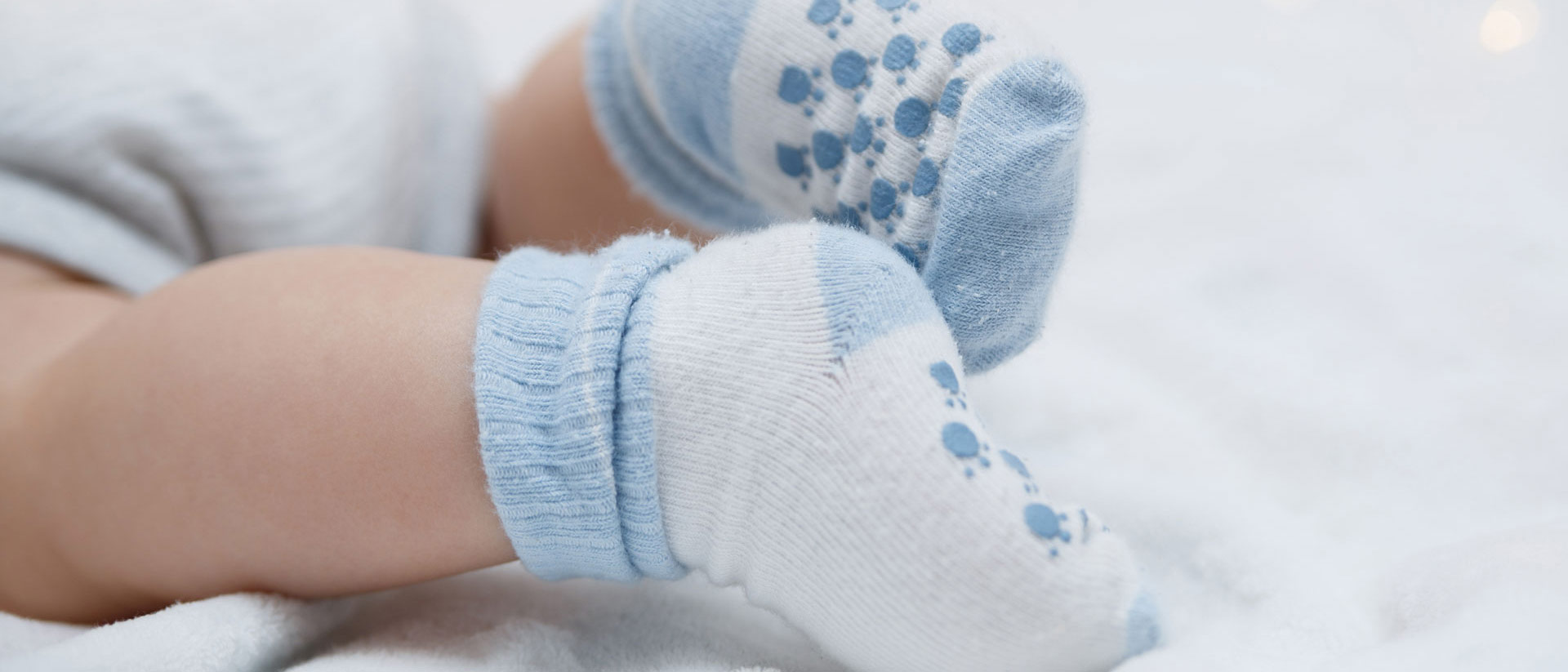CEH tested socks.
- for babies, children and adults - with different blends of polyester, cotton and spandex
What was found?
- CEH found BPA in socks from 75 brands
- Up to 31 times over the safe limit of the BPA, according to the California Proposition 65 law
- The warning labels required by Prop 65 for the presence of BPA were not provided when the products were sold
Where was it found?
- Socks made predominantly from polyester with spandex were affected
- BPA was not found in socks predominantly made from cotton
What action did CEH take? What must the brands do?
- CEH sent 60-day notices to 75 companies beginning in September 2021
- According to the Prop 65 law, defendants have 60 days to work with CEH to remedy the violations before CEH files a complaint to comply
- According to the Illegal Toxic Threats Program Director at CEH, “The BPA is not a necessary ingredient in socks and manufacturers must immediately remove it.”
- Some companies have already started working collaboratively with CEH to begin removing BPA from their products
What is the exposure route for this type of chemical?
- Dermal absorption - directly through the skin - when wearing the textile
- Ingestion via hand-to-mouth contact after touching or handling the textile
How is BPA used in textiles?
- In polyester manufacturing, BPA can be:
- Added as an intermediary step to improve the natural properties and lifespan of a fabric
- Used to give hygroscopic, antistatic or colorfastness to wash fastness properties
- In spandex production, BPA can be added for antistatic properties
- In polyester and polyamide textiles, BPA and other bisphenols may be used as dye-fixing agents
- BPA can also be used in the production of flame retardants and PVC
- BPA has traditionally not been a high-risk chemical in textiles
Does OEKO-TEX® regulate BPA?
- Bisphenol A has long been part of the OEKO-TEX® STANDARD 100 criteria catalogue, although it has not typically been viewed as high risk in textiles. Usually, it is tested on coated materials, PVC containing products, plastisol & transfer prints, certain plastics, chlorofiber etc.
- OEKO-TEX® monitors all new developments in the industry and regularly updates its standards
How can Hohenstein help?
- Hohenstein chemical experts monitor global regulations, including Prop 65, for risks to brands, retailers and manufacturers within the textile industry. Hazardous chemicals are incorporated into strategic quality management and compliance programs
- Hohenstein’s accredited textile chemical testing labs in Germany, India, Bangladesh, Hong Kong, Shanghai and Hungary test products for harmful substances
- Testing can be done to various standards and methods, including AFIRM and OEKO-TEX®

